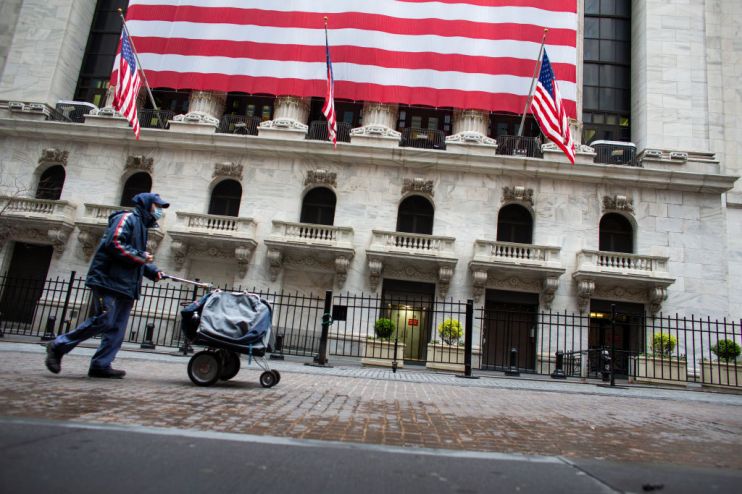Blockbuster US growth hits nearly 5 per cent – but what does it mean for interest rates?

The US economy grew at a startling pace in the third quarter of the year as the world’s largest economy continues to shrug off the impact of the Federal Reserve’s interest rate hikes.
According to new figures published today, the US economy grew at 4.9 per cent at an annualised rate between July and September, much faster than the 4.2 expected by economists.
That meant growth was more than double the 2.1 per cent in the previous quarter and was the quickest rate of expansion in nearly two years.
Consumers continued to drive performance in the US despite the monetary tightening undertaken so far.
“The acceleration in real GDP in the third quarter reflected accelerations in consumer spending, private inventory investment, and federal government spending and upturns in exports and residential fixed investment,” the Bureau of Economic Analysis said.
Today’s blockbuster figures follow on from a string of signals that the US economy continues to withstand pressure from the Fed’s rate hikes.
Figures from last week showed consumers had splashed the cash over the summer. Investors have also been surprised by a blow-out jobs report and stubborn inflation, which have sent yields on US government debt to the highest levels since 2007.
Next week the Fed will meet to decide on interest rates, with markets widely expecting rates to be left on hold. Today’s figures are unlikely to change the Fed’s mind, but persistently strong growth might prompt another hike before the year is out.
Speaking yesterday, Fed chair Jerome Powell said: “Additional evidence of persistently above-trend growth, or that tightness in the labour market is no longer easing, could put further progress on inflation at risk and could warrant further tightening of monetary policy”.
However, policymakers will be cheered by the core personal consumption expenditure (PCE) price index, which increased at 2.4 per cent compared to 3.7 per cent in the quarter before. The PCE index is a measure of the prices that people pay for goods and services.
Paul Ashworth, chief North America economist at Capital Economics, said that “easing supply shortages have played a key role, allowing underlying inflation to subside even with the economy growing at an above-potential pace.”
“Under those circumstances, the Fed can afford to stay on the sidelines,” he continued.
With much of the impact of the Fed’s rate hikes still to be felt, growth is expected to slow further in the coming months.
Michael Pearce, lead US economist at Oxford Economics, said the figures for the third quarter were mainly driven by trends which would not be sustainable over the coming months.
“The strength in Q3 was driven by a 4.0 per cent surge in consumption helped by a sharp fall in the saving rate, a strong rise in government spending and a jump in inventory accumulation, all of which won’t be sustained,” he said.
Growing pressure on consumers as well as a downturn in fiscal support will likely lead to a slowdown over the coming months, Pearce said.